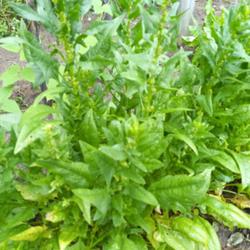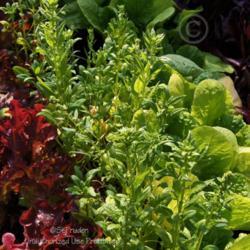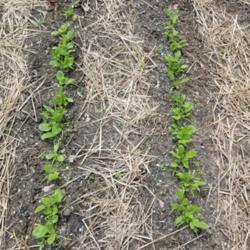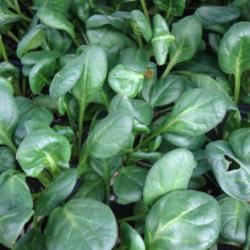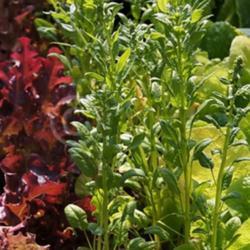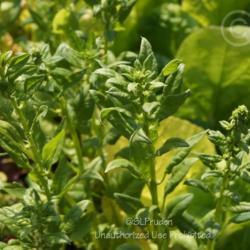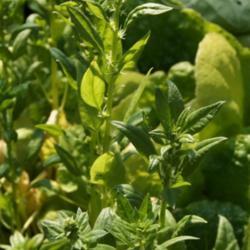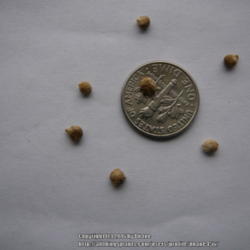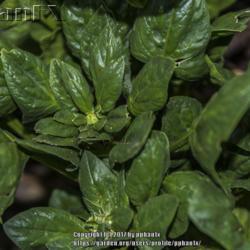"Spinach has a high nutritional value and is extremely rich in antioxidants, especially when fresh, steamed, or quickly boiled. It is a rich source of vitamin A (and especially high in lutein), vitamin C, vitamin E, vitamin K, magnesium, manganese, folate, betaine, iron, vitamin B2, calcium, potassium, vitamin B6, folic acid, copper, protein, phosphorus, zinc, niacin, selenium and omega-3 fatty acids. Recently, opioid peptides called rubiscolins have also been found in spinach.
Polyglutamyl folate (vitamin B9 or folic acid) is a vital constituent of cells, and spinach is a good source of folic acid. Boiling spinach can more than halve the level of folate left in the spinach, but microwaving does not affect folate content. Vitamin B9 was first isolated from spinach in 1941.
Spinach, along with other green leafy vegetables, is considered to be rich in iron. For example, the United States Department of Agriculture states that a 180-g serving of boiled spinach contains 6.43 mg of iron, whereas a 170-g ground hamburger patty contains at most 4.42 mg. However, spinach contains iron absorption-inhibiting substances, including high levels of oxalate, which can bind to the iron to form ferrous oxalate and render much of the iron in spinach unusable by the body. In addition to preventing absorption and use, high levels of oxalates remove iron from the body. But some studies have found that the addition of oxalic acid to the diet may improve iron absorption in rats over a diet with spinach without additional oxalic acid.
Spinach also has a high calcium content. However, the oxalate content in spinach also binds with calcium, decreasing its absorption. Calcium and zinc also limit iron absorption. The calcium in spinach is the least bioavailable of calcium sources. By way of comparison, the body can absorb about half of the calcium present in broccoli, yet only around 5% of the calcium in spinach."
Taken from wikipedia's page at:
http://en.wikipedia.org/wiki/S...
